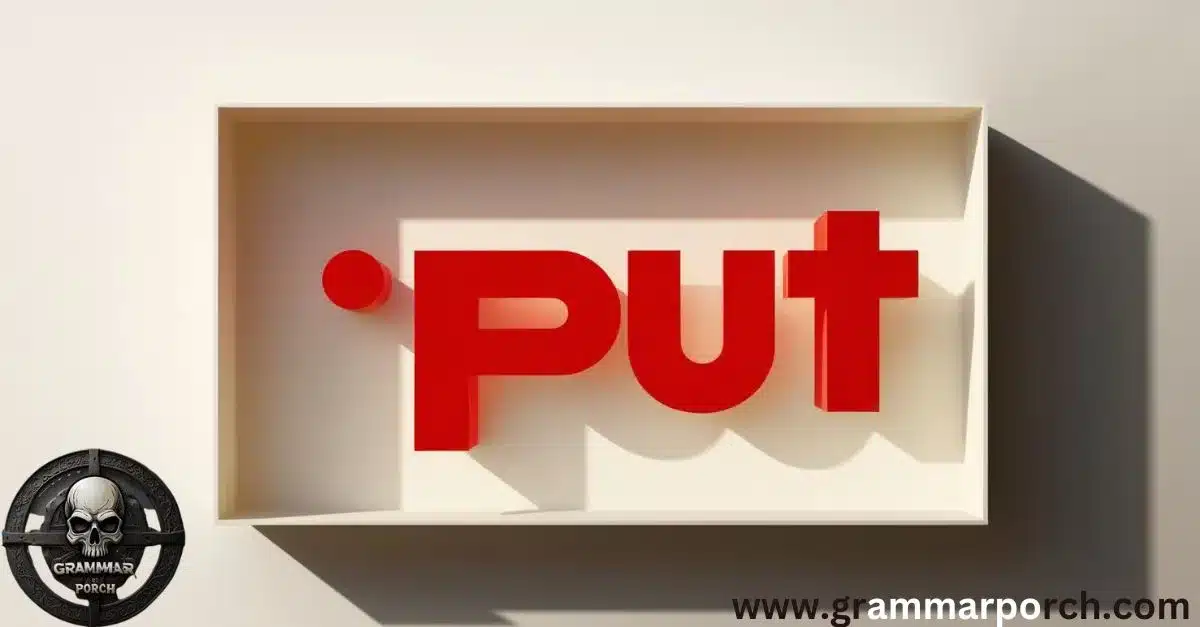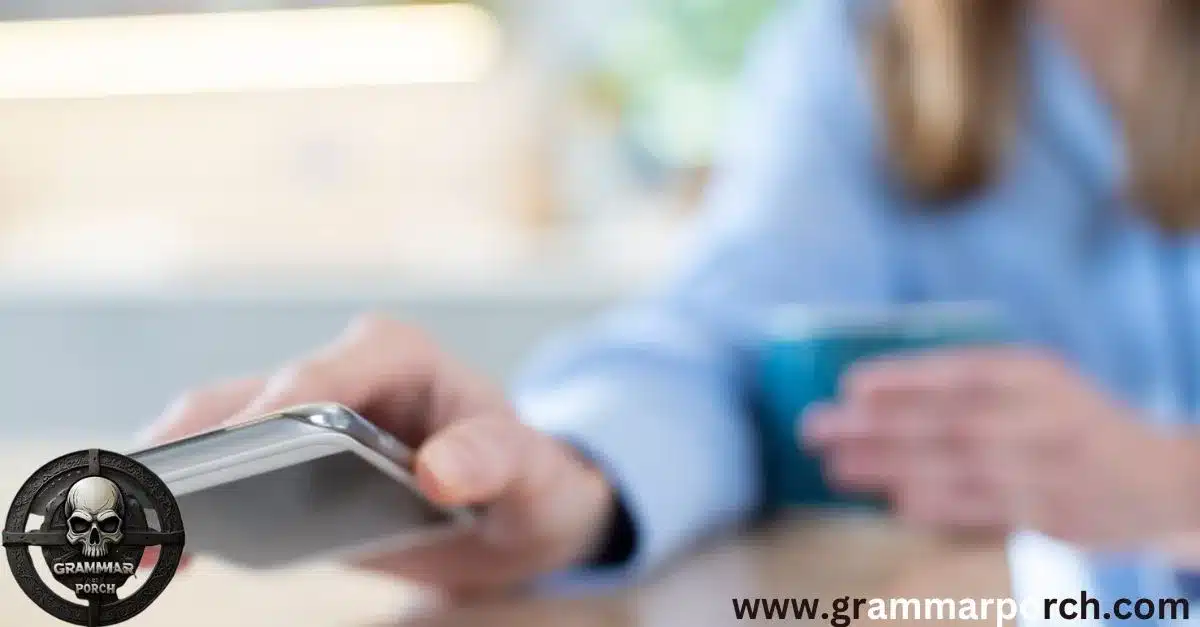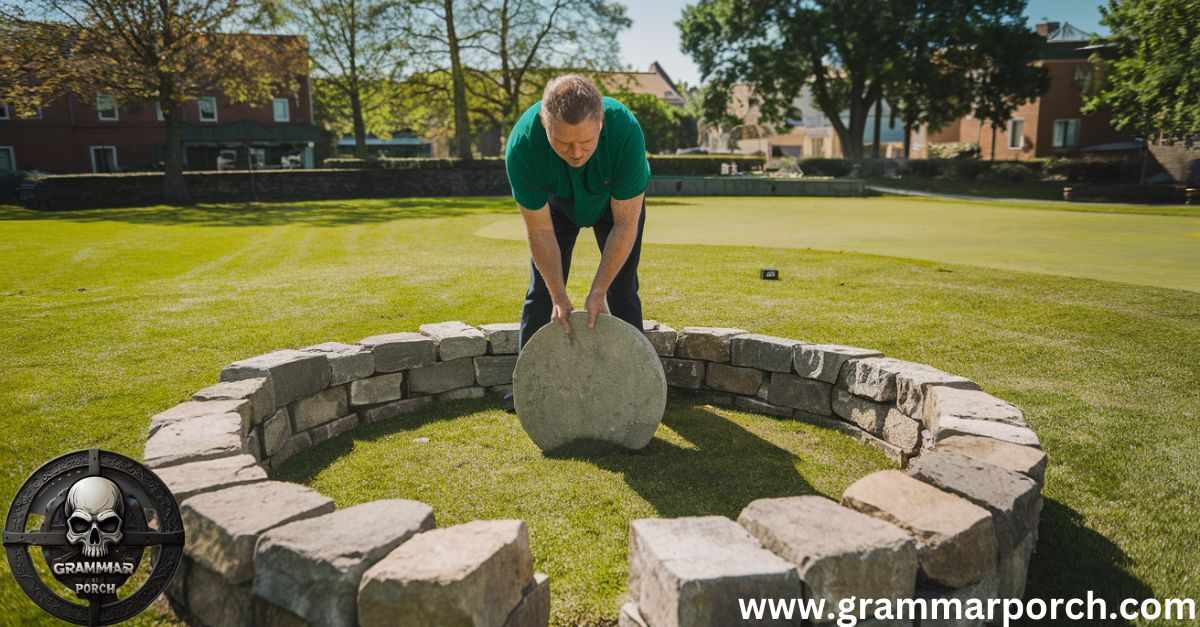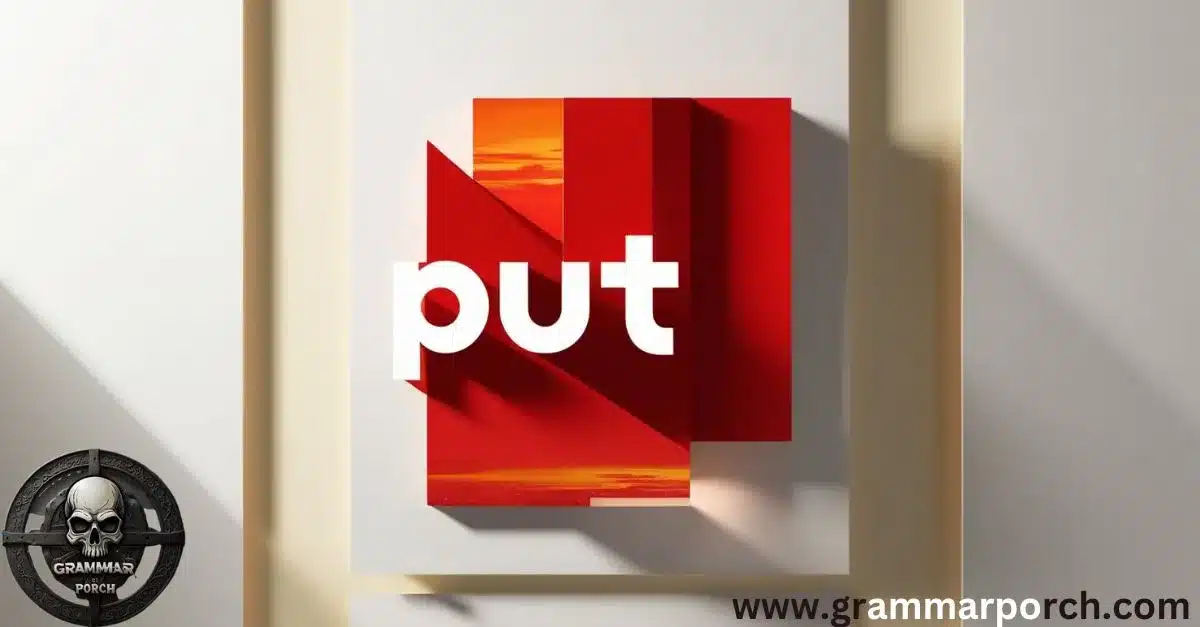The verb “put” is an irregular verb with the same form in the present, past, and past participle. Its past tense and past participle are both “put.” While this may seem unusual compared to regular verbs that change their form , “put” follows a different pattern.
Understanding this helps you use it correctly in sentences across various tenses. In this article, we’ll explore the usage of “put” in the past tense and past participle, explaining how it functions in different contexts and grammatical structures for clear communication in English.
Is the Put Word Correct?

Put is correct and commonly used in various contexts. As an irregular verb, it doesn’t follow typical conjugation rules. The past tense and past participle of “put” remain the same as its base form “put.”
This makes it unique compared to regular verbs, which change their form in different tenses. Understanding its usage is essential for proper grammar and clear communication in English.
Definition of Put

The word put is a verb that means to place something in a particular position or location. It is used to indicate the act of moving something from one place to another, whether physically or metaphorically.
For example, you might say, “I will put the book on the table,” or “She put her trust in him.”
Meaning of Put
In simple terms, put refers to the action of placing or positioning an object. It can also mean offering, proposing, or expressing something in a specific way.
For example, you might put forward an idea in a meeting, or put your coat on when it’s cold.
What is the Past Tense of Put?

The past tense of “put” is also “put,” making it an irregular verb. Unlike regular verbs that follow the -ed rule for past tense (like “walk” becoming “walked”), “put” keeps its form in both the present and past tenses. This is one of the unique characteristics of irregular verbs.
So, no matter the context or tense, whether in present or past, you will always use “put” for this verb, making it simple yet essential to understand for correct English grammar.
Past Participle of Put
The past participle of put is also put. This means that no matter the tense you’re using, put stays unchanged. Whether you’re speaking in the present, past, or perfect tense, you’ll use put in these forms.
“Put” Parts of Speech
Put is mainly used as an action verb in English. Its form changes depending on the tense and the subject of the sentence. For example, in the simple present tense, you might say, “I put the keys on the counter.” In the simple past tense, it becomes, “She put the keys on the counter yesterday.”
In the present perfect tense, you could say, “They have put the keys on the counter.” This flexibility makes “put” an essential verb for expressing actions across different time frames, and it remains the same in both its present and past forms.
Pronunciation of “Put”
The pronunciation of put is straightforward. It sounds like “pʊt.” It’s a short, crisp sound, where the “u” is pronounced as in “foot,” not like “cute.”
Put in Tenses
| Tense | Form | Example Sentence |
| Present Tense | put | “I put the book on the shelf.” |
| Past Tense | put | “I put the book on the shelf yesterday.” |
| Future Tense | will put | “I will put the book on the shelf tomorrow.” |
| Present Perfect | have/has put | “She has put the book on the shelf.” |
| Past Perfect | had put | “I had put the book on the shelf before you arrived.” |
Origins of Put

The verb “put” comes from Middle English, where it was used as “putten.” It has remained largely unchanged over centuries, maintaining its core meaning. The word is derived from the Old French “puter,” meaning to push or thrust.
Over time, its usage has expanded, but its basic form and function have remained stable, making it one of the most consistent verbs in English. It is part of the group of irregular verbs that do not follow standard conjugation rules.
Synonyms of Put
- Place
- Set
- Lay
- Position
- Deposit
- Arrange
- Drop
- Install
- Place
- Stick
Everyday Usage Examples

Put in sentences:
- I put the keys on the table.
- Can you put the book back in the shelf?
- She always puts the dishes away after dinner.
- He put his phone in his bag.
- I put my trust in you.
- They put their hands up in class.
- I put the groceries on the counter.
- She put on her jacket before leaving.
- Don’t forget to put your shoes away.
- He put the flowers in a vase.
Past Tense of Put in sentences:
- I put the box in the car yesterday.
- She put the letter on the desk earlier.
- They put all the decorations up last night.
- I put the milk in the fridge this morning.
- He put the car keys on the table.
- We put the furniture in place last weekend.
- They put the kids to bed before 9 PM.
- I put the groceries away after shopping.
- He put the tools in the shed yesterday.
- I put my wallet in my bag this morning.
Past Participle of Put in sentences:
- I have put the books on the shelf.
- She has put everything in the right place.
- They have put their trust in me.
- I have put the documents on your desk.
- We have put the supplies in storage.
- She has put the book down for a moment.
- I’ve already put the dishes away.
- He has put the toys back in the box.
- They have put a lot of effort into this project.
- I have put the children to bed.
FAQs
Is “put” a regular or irregular verb?
Put is an irregular verb because its past tense and past participle are the same as the base form.
Can “put” be used in the future tense?
Yes, you can use “will put” for the future tense, like in “I will put the book on the shelf tomorrow.”
Why is “put” used the same in the past tense?
Put is an irregular verb, and irregular verbs don’t follow the regular -ed pattern in the past tense.
What’s the difference between past tense and past participle of “put”?
There is no difference between the past tense and past participle of “put.” Both forms are the same: put.
Can “put” be used in passive voice?
Yes, put can be used in passive constructions, such as “The keys were put on the table.”
Conclusion
The verb put is a simple yet powerful word in English, with an easy-to-remember past tense and past participle form. Whether you’re writing an email, a business transaction, or telling a story, using the correct form of put will ensure your message is clear. By understanding its conjugation and usage in different tenses, you can avoid mistakes and improve your grammar.

Larry is an experienced blogger with a passion for simplifying grammar. With years of expertise in writing and language, he shares insightful tips on punctuation, synonyms, and the intricacies of English grammar at **Grammar Porch**. His approachable style helps readers improve their writing skills with ease.

